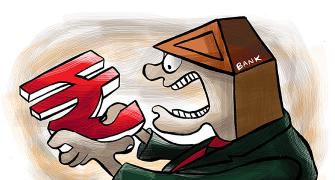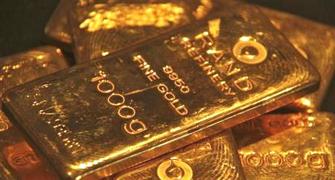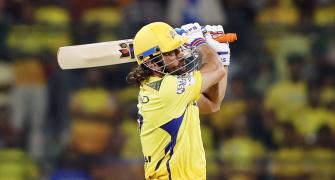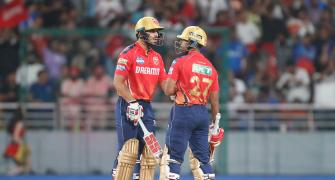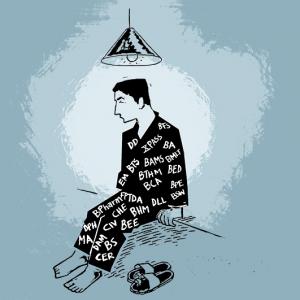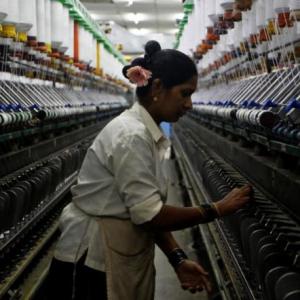In the museum, RBI's history is shown in panels that illuminate while moving on a rotating table, and begins with the commencement of RBI in 1934 and ends with Prime Minister Narendra Modi's famous speech on November 8, 2016 announcing demonetisation of Rs 500 and Rs 2,000 notes.
Namrata Acharya reports.
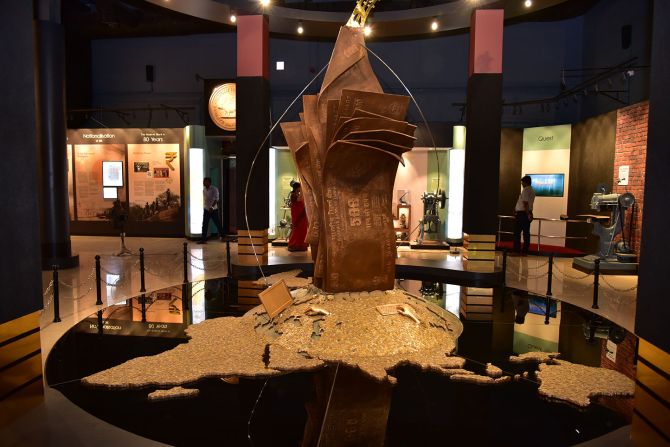
Want to get your name printed with the same hand iron press-printing machine that was used in early 1900s to print government bonds?
The Reserve Bank of India (RBI) gives one a chance to do so at its newly-opened museum in Kolkata.
The 112-year old British-made machine was in use till 2016.
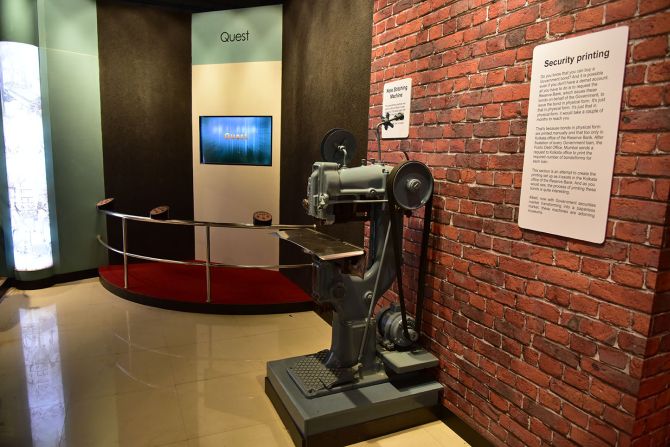
It is still sturdy and can work for many more years, says the staff in charge of its maintenance.
Hence, when computerised printing replaced manual printing of bonds in 2016, they came up with the idea of showcasing the machine in the museum rather than leaving it to rust in a warehouse.
In March 2019, RBI opened its second museum in India in Kolkata.
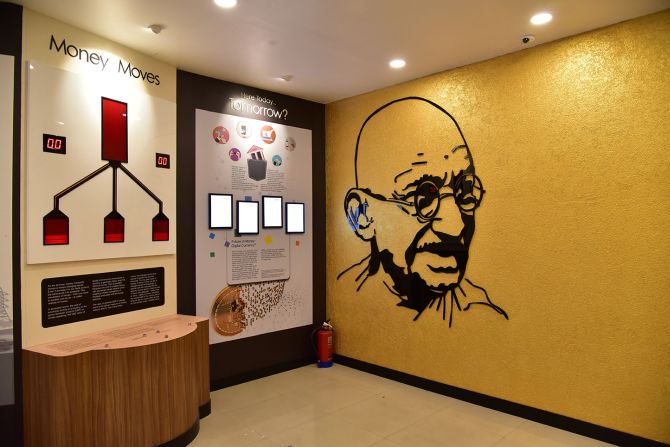
The first is in Mumbai, which showcases a vast collection of coins and notes.
However, unlike any other museum, the gallery in Kolkata does not exhibit many artefacts.
Instead, it uses technologies like augmented reality and interactive simulation to recount the monetary history of India.
That is why it took a good ten years for RBI to develop the museum, according to its staff.
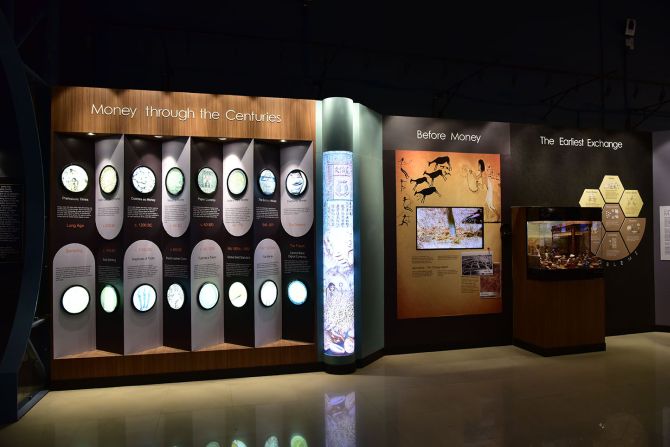
Further, RBI recently started the concept of Heritage Walk in the museum, whereby senior staff of the place take people on guided walks through the heritage of the RBI.
The museum building, 8 Council House, located in the heart of the age-old commercial centre of Kolkata at B B D Bag, itself has a rich legacy.
It served as the first office of RBI, inaugurated in 1935.
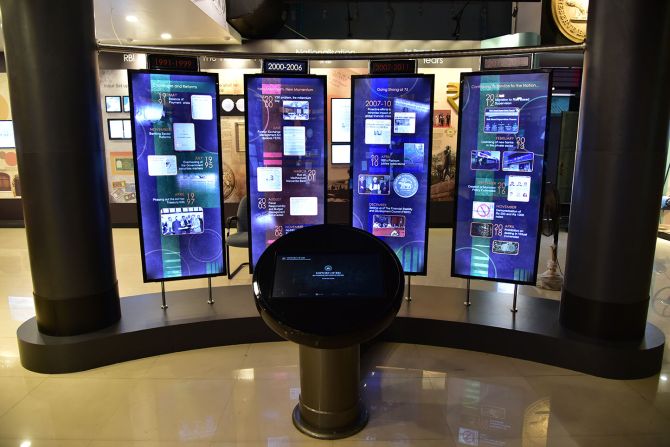
The RBI had taken the building on lease from the Alliance Bank of Simla.
Later, when Alliance Bank went into liquidation, RBI took it over from the liquidators.
The structure was built by a firm headed by famous Bengali engineer and industrialist Sir Rajen Mookherjee, who had iconic monuments like Victoria Memorial and Howrah Bridge to his credit.
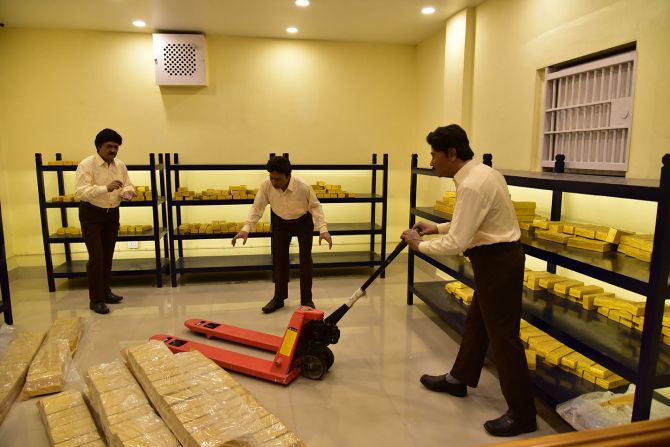
Till about few years back, 8 Council House housed a gold vault and hosted operations like sifting of soiled notes.
Today it symbolises a seamless amalgamation of antiquity and modernism.
For example, at the centrestage of the museum is a sculpture depicting the fall of currency notes and rise of digital economy.
RBI's history is shown in panels that illuminate while moving on a rotating table.

It begins with the commencement of RBI in 1934 and ends with Prime Minister Narendra Modi's famous speech on November 8, 2016 announcing demonetisation of Rs 500 and Rs 2,000 notes.
In between, one can track the history of demonetisation to January 12, 1946, when the pre-Independence government of India had passed the High-Denomination Bank Notes (Demonetisation) Ordinance, removing Rs 1,000 and Rs 10,000 from circulation.
A virtual book, where pages can be flipped by flapping hands in air, recounts in details the history of banking in India.
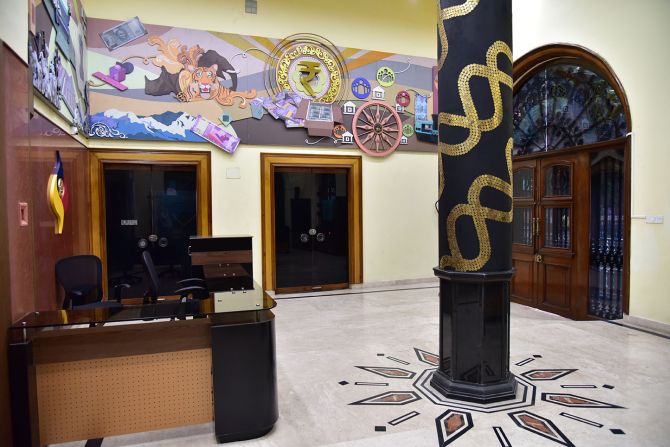
A gaming station offers to virtual control over gross domestic product (GDP) by manipulating time and velocity of money.
The site of original gold vault depicts how the commodity is stored with the central banker.
One can sense how lifting a 12.5 kg gold bar feels like.
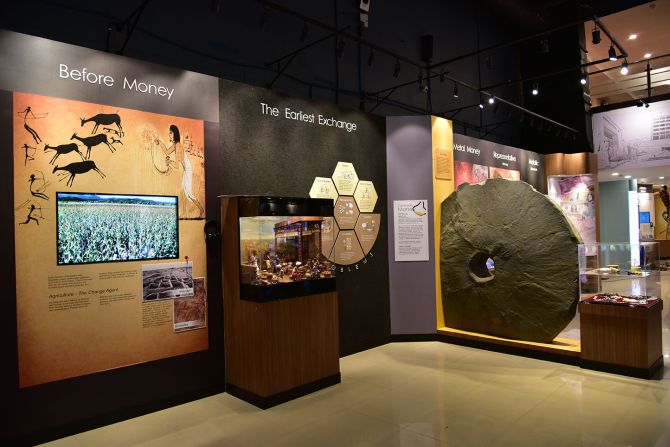
The museum also gives an option to measure one’s weight in terms of gold bars.
The museum displays interesting nuggets of monetary history of India, like the lyrical exchange of messages between the RBI and the government, leading to the obituary of pie, which was discontinued in 1942 (one rupee consisted 192 pies).
Nearly ten years after pie was abolished due to inflationary pressures and high cost of minting it, there came a proposal by the Mint Master to reintroduce it.
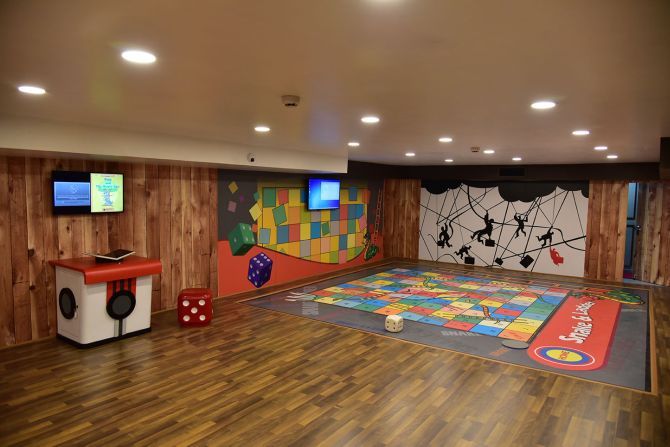
In 1952, the then finance secretary, K G Ambegaokar in a poetic reply wrote the The Epitaph of the Pie, displayed in the museum:
Low and high
We all will sigh
When the poor little pie
Bids her last goodbye.
But her cost's is so high;
And what can she buy?
What trade can she ply?
She needs must eat the humble pie…….
Ambegaokar ended the poem with, Will the "Minister" say the last word?
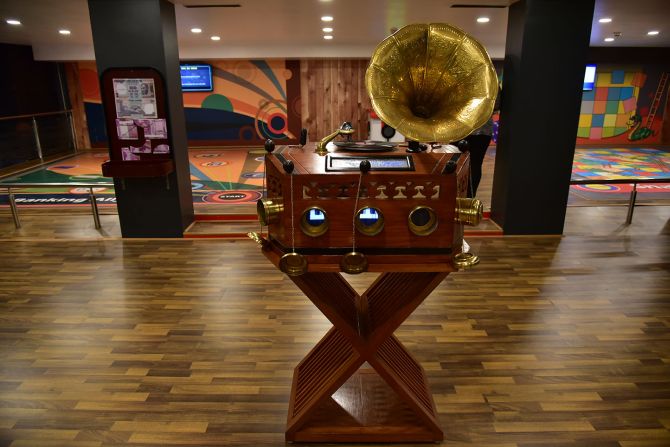
Notably, C D Deshmukh, the then finance minister, too responded poetically,
Let not the 'press' of men
Disturb a museum piece
When life's extinct, oh then
The pie shall lie in peace.
Despite the fact that only a few artefacts are on display, the RBI museum in Kolkata is steeped in history as it virtually takes one on a roller-coaster ride of the monetary history of India.


